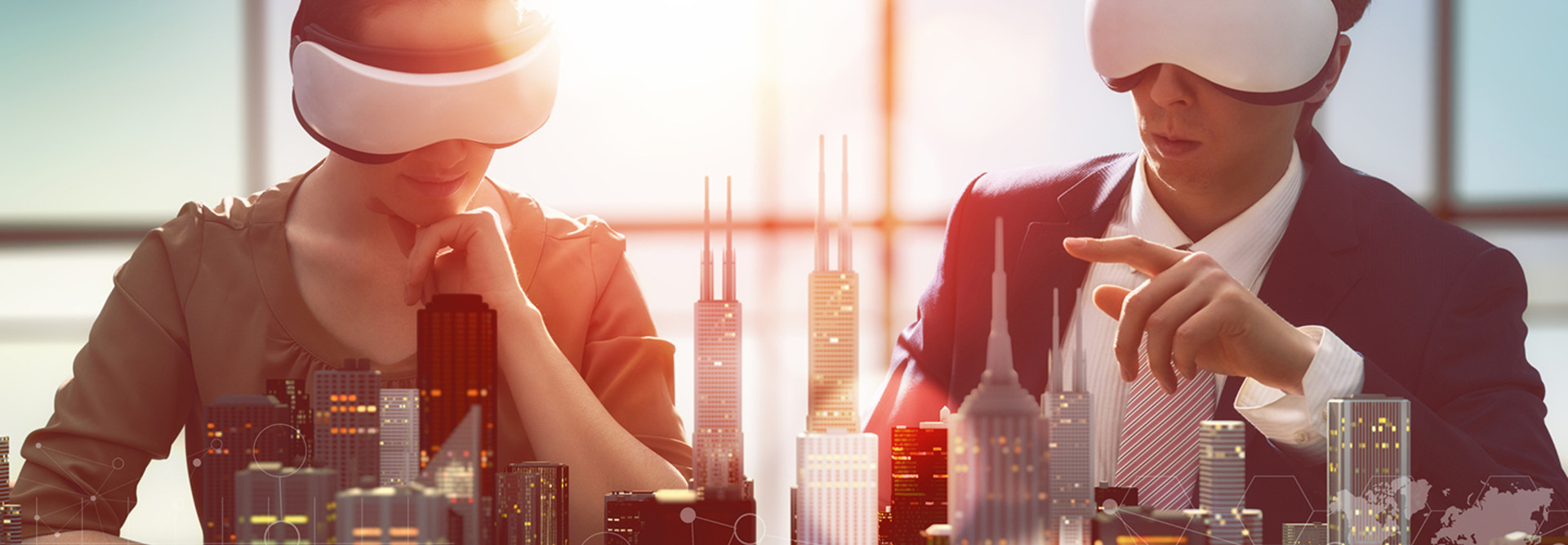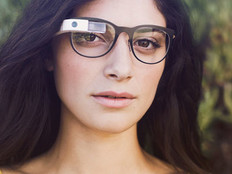Cisco Live 2016: Augmented Reality and Virtual Reality May Reshape Collaboration
John Restrick, chief technology officer for Cisco Systems’ collaboration technology group, acknowledged that augmented reality and virtual reality have drawn a lot of attention so far for their uses in gaming and entertainment. However, during a panel on emerging technology at the Cisco Live 2016 conference in Las Vegas, he insisted that AR and VR can help businesses in numerous practical ways.
Both technologies are still relatively new, at least in the business world, but Cisco thinks that both have great potential “to transform and improve collaboration,” Restrick said. Cisco teams have been experimenting with the technologies, with a team in Oslo, Norway, hooking up an Oculus Rift headset to Cisco’s conferencing gear, for example. Cisco is also exploring how AR and VR can come together with its Spark collaboration and messaging service.
While virtual reality produces a computer-generated reality that users can interact with (usually via a headset), augmented reality involves digital information being brought into a user’s field of view and overlaid onto the real world, which they observe through a headset or a mobile device.
Possibilities for Collaboration
Cisco’s core collaboration products include video conferencing, WebEx online meetings and IP telephony. “All of these scenarios involve connecting people, letting them exchange information efficiently and letting them collaborate around content,” Restrick said.
AR and VR can help make those kinds of solutions richer and more immersive, Restrick suggested. For example, using an AR headset, a user can see what his or her colleagues are seeing. “We’re exploring obvious opportunities to do simple things we do today with an AR headset as an endpoint,” he said.
A company that has remote workers who need to update or fix machinery can use AR to deliver information to users in a hands-free way that lets them see a virtual fault indicator on a real-world machine.
Then, the user can call up the appropriate expert; that expert can see what the user is seeing and can direct them to make repairs by drawing digitally on the machine. Restrick said in that scenario, both users are more likely to communicate effectively and less likely to make a mistake that could be costly or dangerous.
Restrick said that AR “will be a dramatically interesting area” and that Cisco is engaging with customers and AR headset vendors to figure out how to connect those vendors’ solutions to Cisco’s collaboration portfolio.
In the future, Restrick said, colleagues may be able to meet using virtual reality. For example, if users at a furniture company who are in disparate locations are collaborating on the design of a table, they might meet in VR, view the table together, and determine that the table is too low to use comfortably or that it might be better with a glass top.
In that example, Restrick said, users would not just be looking at a virtual model, but interacting with it and each other. “We see a huge amount of potential here,” he said.
Read articles and check out videos from BizTech coverage of Cisco Live here.








